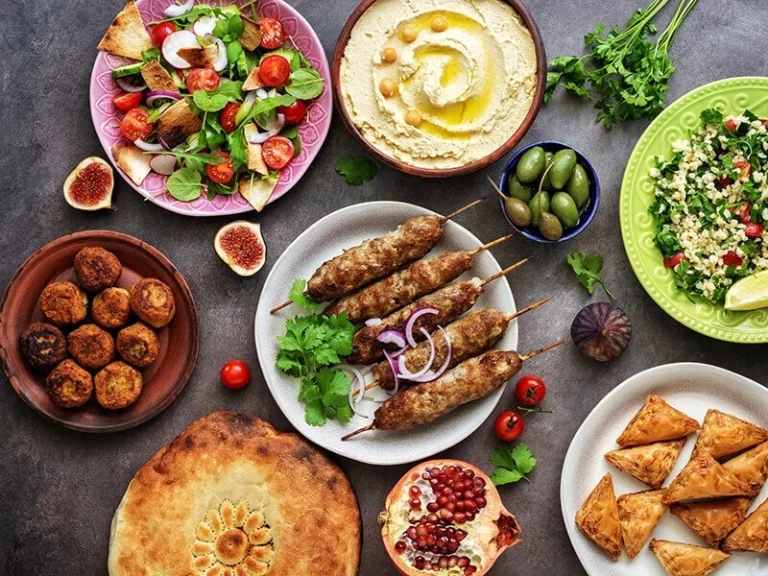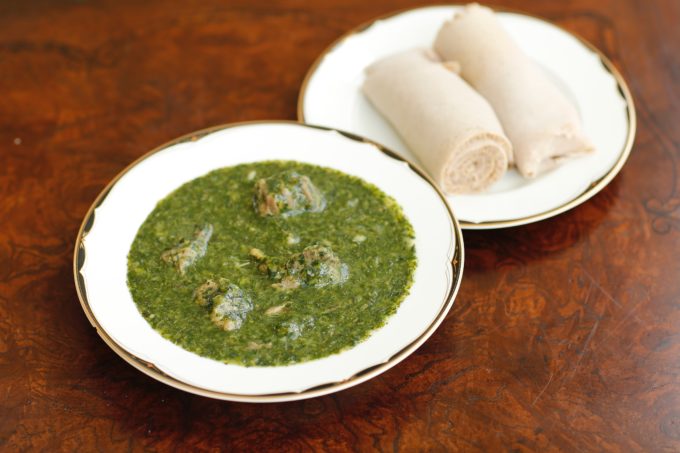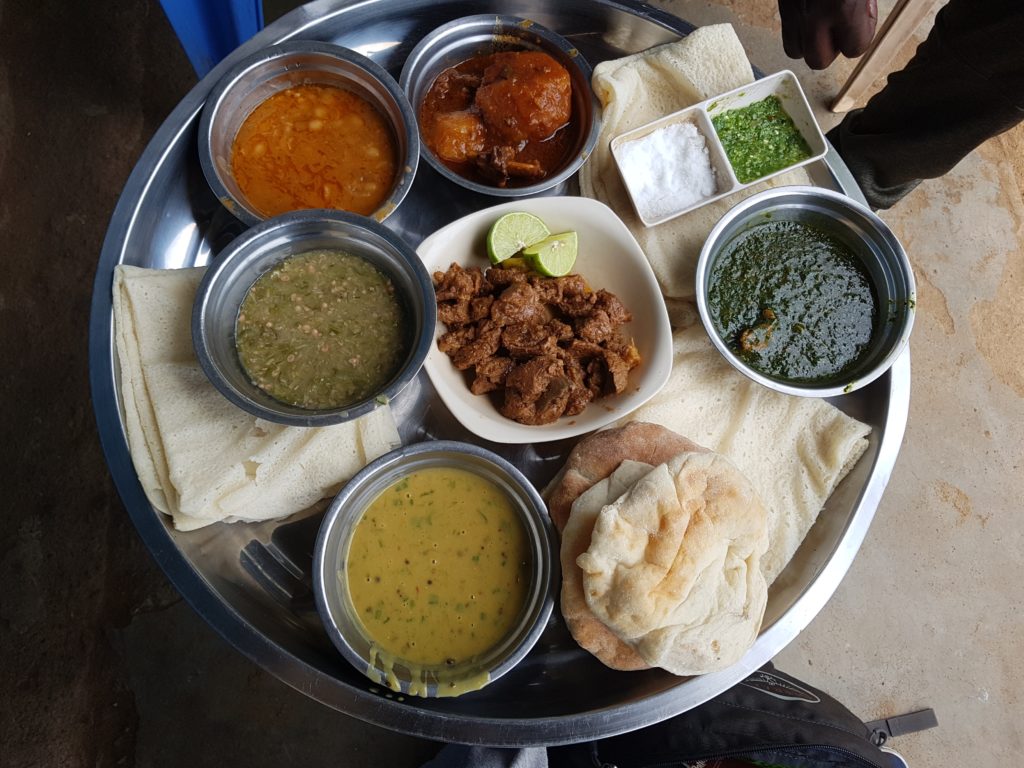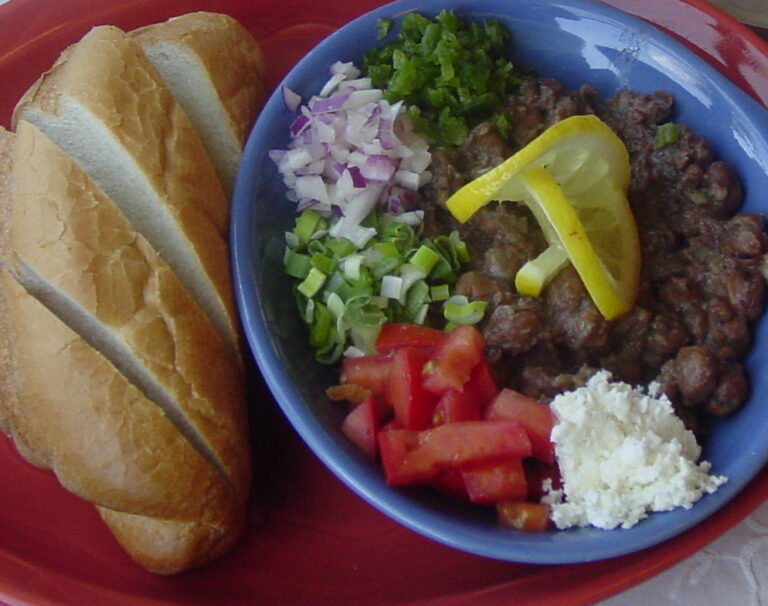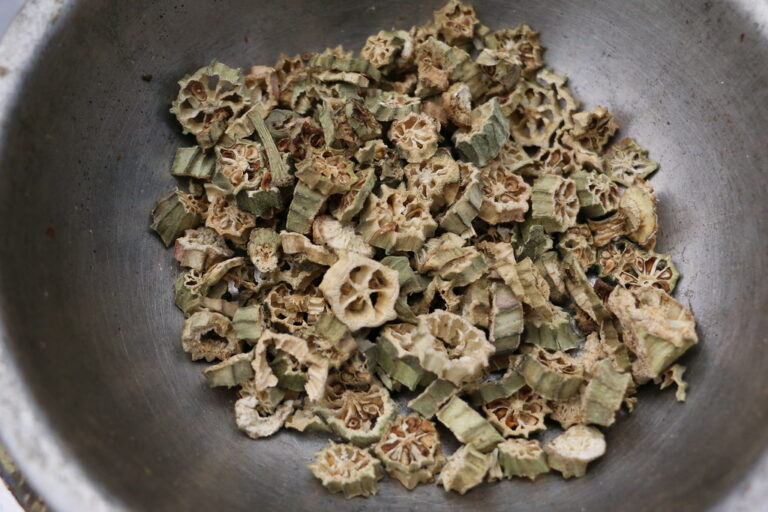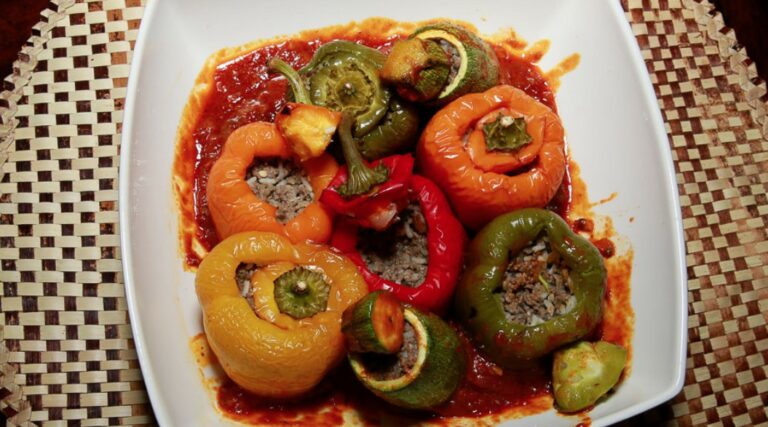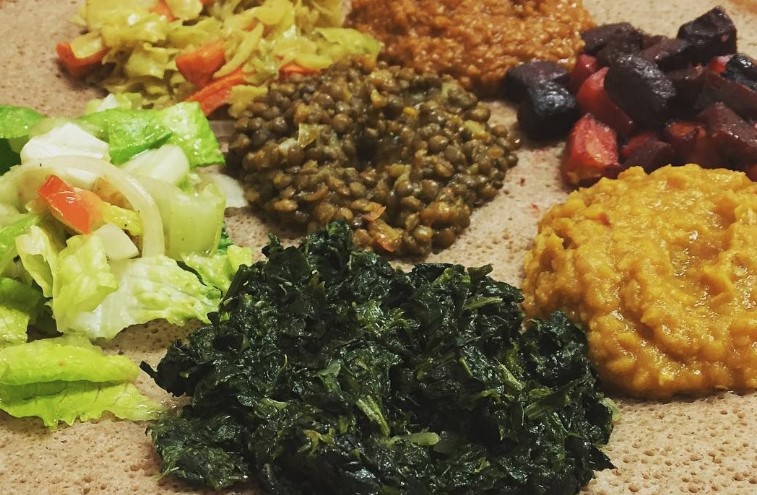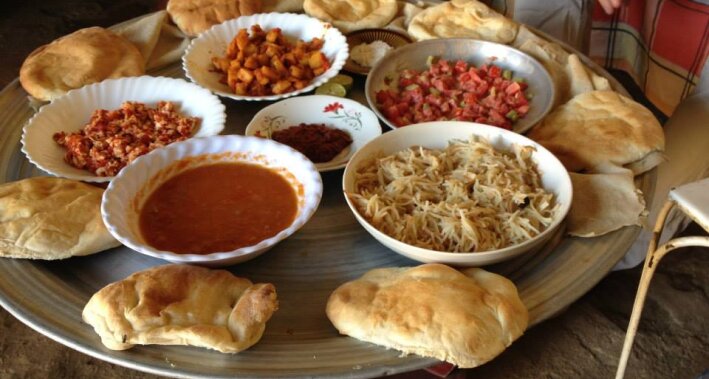Introduction: Breakfast Culture in South Sudan
Breakfast is considered the most important meal of the day in South Sudan. It is a time when families and friends gather together to share food and conversation before starting their busy day. Breakfast in South Sudan is typically a hearty and filling meal that provides energy for the day ahead. The typical breakfast options in South Sudan include a variety of porridges, stews, and grilled meats, as well as a range of street food and popular beverages.
Staple Cereals: Millet and Sorghum Porridge
Staple cereals such as millet and sorghum are popular breakfast options in South Sudan. These cereals are cooked into a thick porridge, which is then served with a range of toppings. The porridge is often sweetened with sugar or honey and topped with sesame seeds, chopped nuts, or dried fruit. Millet and sorghum porridge is a nutritious and filling breakfast option that provides a good source of energy for the day ahead.
Regional Variations: Peanut Butter and Simsim Oil
Regional variations in breakfast dishes are common in South Sudan. One popular variation is the addition of peanut butter or simsim oil to porridge or bread. Peanut butter and simsim oil are rich in protein and provide a great source of energy. In some regions, the peanut butter or simsim oil is mixed with water and a pinch of salt to create a thick paste that is then spread on bread.
Meat and Fish-Based Dishes: Kebabs and Stews
Meat and fish-based dishes are also commonly eaten for breakfast in South Sudan. Kebabs made from beef or goat meat are a popular option, as are stews made from fish, chicken, or beef. These dishes are often served with a side of bread or a bowl of porridge. Meat and fish-based dishes are a great source of protein and provide a satisfying breakfast that can last throughout the day.
Street Food: Chapatis and Foul Medames
Street food is a popular breakfast option in South Sudan. Chapatis, a type of flatbread, are often eaten with beans, eggs, or meat. Foul medames, a dish made from fava beans, is another popular street food breakfast option. The beans are cooked with onions, tomatoes, and spices and served with bread. Street food is a convenient and affordable breakfast option that can be found in many towns and cities in South Sudan.
Popular Beverages: Tea and Coffee with Milk and Sugar
Tea and coffee are popular beverages that are often served with breakfast in South Sudan. Milk and sugar are commonly added to both tea and coffee to create a sweet and creamy drink. Tea is often served with a side of bread or porridge, while coffee is typically served on its own. Both tea and coffee provide a good source of caffeine, which can help to increase energy levels and improve alertness throughout the day.


